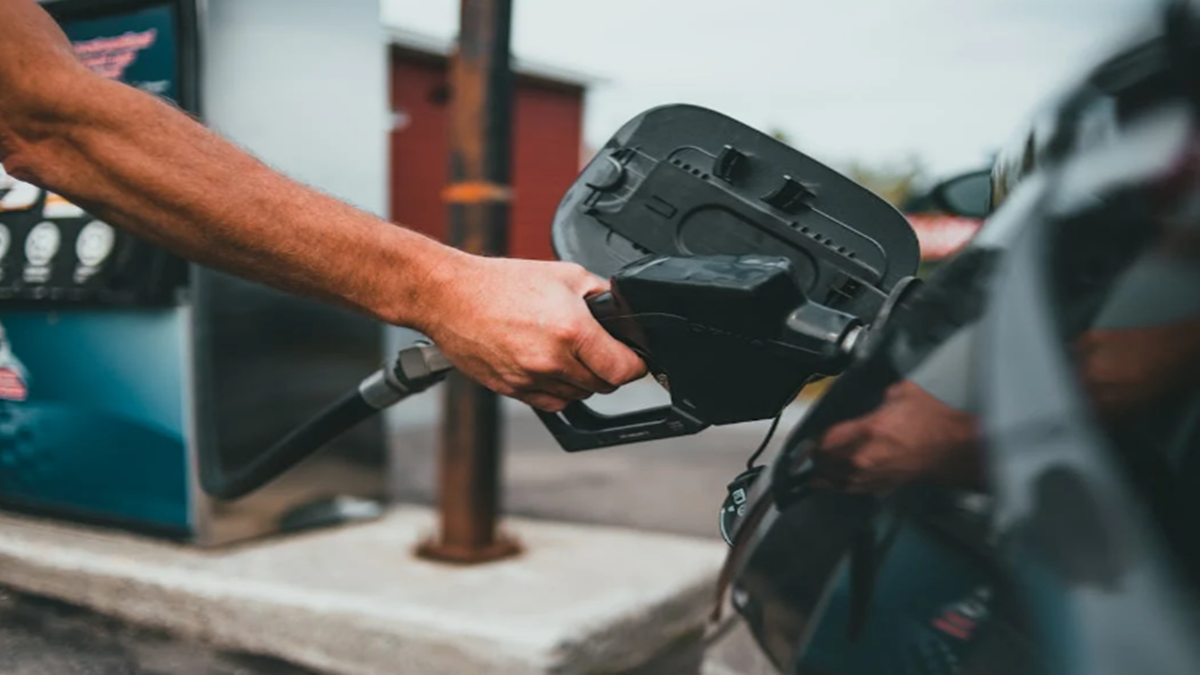Budget 2024-25: Telangana imposes the highest VAT on petrol at 35%, followed by Andhra Pradesh at 31%.
Fuel Taxes: Taxes on Petrol and Diesel:
In Modi 3.0 government, Hardeep Singh Puri has once again been given the responsibility of the Central Petroleum Department. This has led to speculation about bringing petroleum products under the GST framework.
Recently, Puri stated that they are considering bringing petrol, diesel, and natural gas under GST. If implemented, this will provide some relief to the public from fuel prices.
However, there are arguments that bringing petrol and diesel under GST will reduce the tax revenue for states.
Currently, VAT (Value Added Tax) is being collected on petrol and diesel instead of GST.
A Major Revenue Source for States:
Petroleum products are a significant revenue source for both central and state governments. Official data shows that state governments earn a substantial amount from petroleum products. In some states, one-fifth of the total revenue comes from petroleum products.
According to government statistics, in 2023-24, 17.6% of Gujarat’s total tax revenue came from petroleum products. Tamil Nadu earned 14.6%, and Maharashtra earned 12.1%.
In the first nine months of the 2022-23 fiscal year, the central and state governments earned ₹5,45,002 crores from petroleum products.
In the 2021-22 fiscal year, they earned ₹7,74,425 crores, in 2020-21 ₹6,72,719 crores, in 2019-20 ₹5,55,370 crores, in 2018-19 ₹5,75,632 crores, and in 2017-18 ₹5,43,026 crores from petroleum products.
Over the past decade, almost all states have seen an increase in petrol and diesel purchases, resulting in higher total tax revenue.
In 2014-15, all states combined earned ₹1.37 lakh crores from petroleum taxes. This amount increased to ₹2.92 lakh crores in 2023-24. Bringing petrol and diesel under GST will streamline the tax system and reduce fuel costs, but it will pose a problem for states that heavily depend on fuel taxes.
How Do States Earn from Petrol and Diesel?
The central government earns revenue by levying excise duty on petroleum products, while state governments increase their revenue by imposing VAT.
Although excise duty on petroleum products is uniform across the country, states levy their own VAT, leading to price differences. Typically, VAT on petrol ranges from 20-35%, and on diesel from 12-20%.
Interestingly, the Telugu states are at the top in levying VAT. Telangana imposes the highest VAT at 35%, followed by Andhra Pradesh at 31%.
Loss for States if Brought Under GST:
Currently, there are four tax slabs under GST: 5%, 12%, 18%, and 28%. Even if fuel is brought under the highest 28% slab, petrol prices will still be lower than current rates.
For instance, the pre-tax price of petrol in India is around ₹55. If GST at 28% is applied, the retail price of petrol would be around ₹72, which is ₹23 less than the current rate. Diesel prices would similarly decrease.
Large states benefit significantly from fuel taxes. Due to higher population density, there is a greater need for vehicles, resulting in higher consumption of petrol and diesel, and consequently, higher revenue for state governments.
According to government data, Maharashtra’s tax revenue from petroleum increased from ₹27,190 crores in 2018-19 to ₹36,359 crores in 2023-24, a growth of 34% over five years.
During the same period, Uttar Pradesh’s tax revenue increased from ₹19,167 crores to ₹30,411 crores, a 59% increase.
Another interesting story: Key sectors where the Modi government focuses for achieving the ‘Developed India’ goal.
Also Read: Nvidia Overtakes Apple and Microsoft: Now Becomes World’s Most Valuable Company


